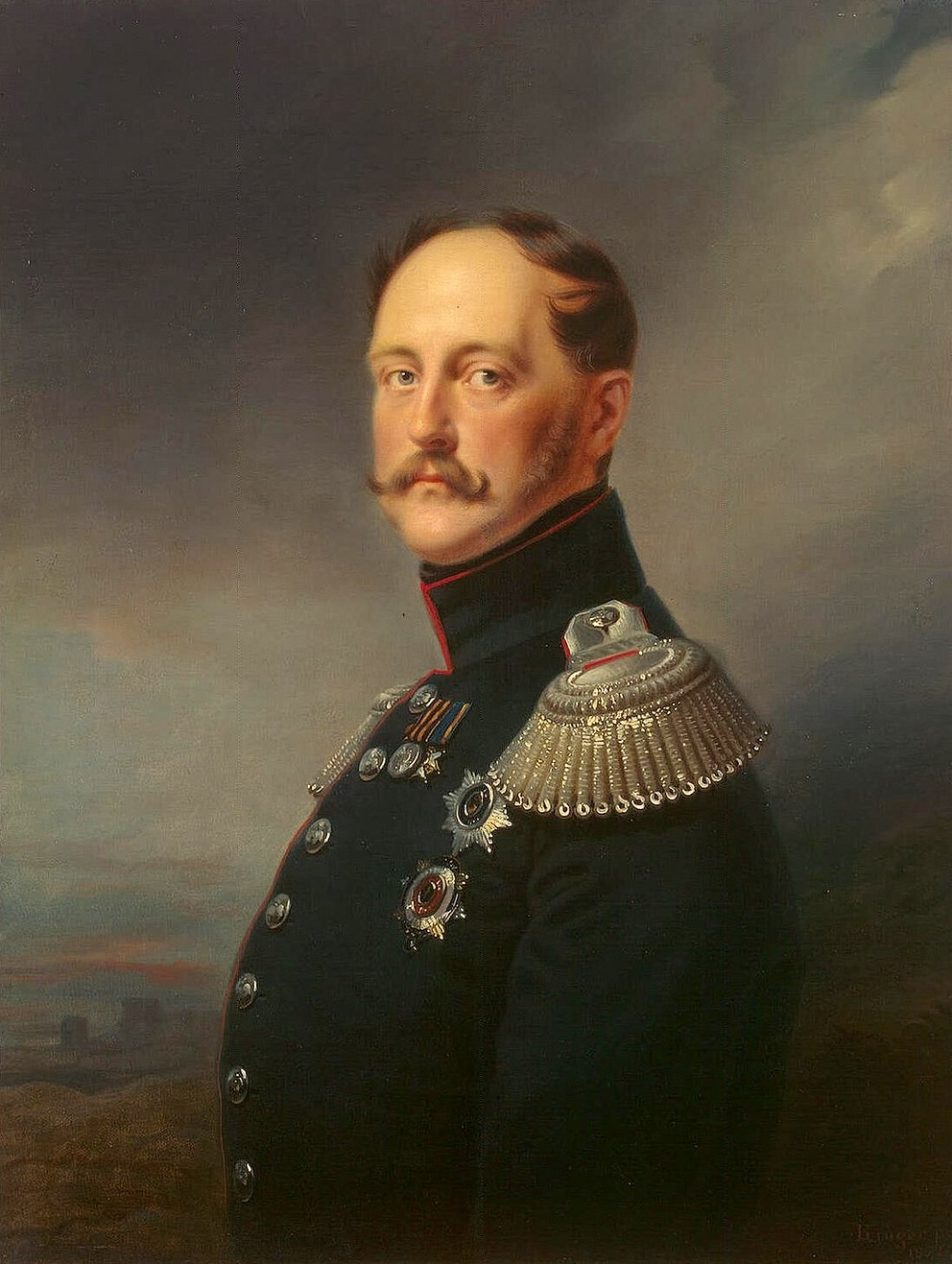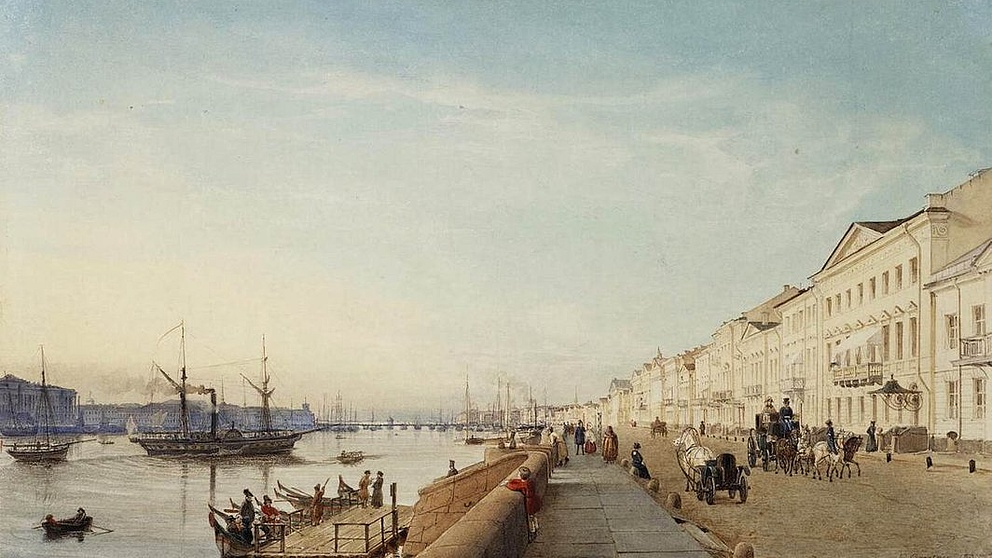Jump to the content
- {{#headlines}}
- {{title}} {{/headlines}}
If there's one thing Alexander von Humboldt was not looking for on his travels, it was home. So the scientist's Russian trip was initially somewhat disappointing. He found the Curonian Spit "artificial", much like the sandy soil of the Mark Brandenburg region, and joked that architect Schinkel could "create a new Berlin" there out of bricks. Even east of the Urals he was reminded of the heathland near Berlin's Tegel district.
And the landscape wasn't the only problem. Humboldt constantly had to defend his curiosity and thirst for adventure from the precautions of the Russian government and the cavalcade of police, administrative officials and Cossack sentries at every stage – "we cannot take a step without being led by the arm like an invalid", he lamented in a letter home.
The Russian minister of finance Georg von Cancrin, who was sponsoring Humboldt's undertaking on behalf of Emperor Nicholas I, had little interest in helping the renowned researcher pursue his own goals. Instead, he wanted him to find gold and platinum deposits, because Russia was considering introducing a platinum currency. The upside for Humboldt was that unlike his South American trip 30 years earlier, this expedition didn't drive him into debt. And with his talent for geological analogy and his ability to draw parallels between the Urals and mountain ranges in the New World, he promised Empress Alexandra in St Petersburg that he would return not only with precious metals, but with diamonds as well. One of the accompanying Cossacks dubbed him the "crazy Prussian prince"; diamonds had never been found outside the tropics. But Humboldt was to be proven right. From a commercial point of view, then, his journey to the east was a great success.

In 2019 there were two events in Berlin to commemorate the Russian trip on which Humboldt embarked on 12 April 1829, wearing tails with a white cravat and accompanied by botanist Christian Gottfried Ehrenberg, chemist Gustav Rose and others.
The German National Academy of Sciences Leopoldina was hosting a panel discussion at the Akademie der Künste on "The power of science in a time of change" (14 May, 3.30 – 7 pm). It presented a series of lectures linking past and present research on Eurasia/Central Asia, and looked at ways in which science can help to shape a country's development.
At the Humboldt University, a team of German and Russian researchers reported in "Humboldt's journey to Russia – two hundred years on" (30 August, 7 pm) on an expedition in Alexander's footsteps in which, between 1994 and 2009, they had re-enacted stages of the journey and had collected material on its circumstances and legacy.
When it came to politics, Humboldt – a declared opponent of serfdom – had to hold his tongue. His patrons weren't interested in having the feudal system called into question. On the upside, the famous German was able to extend the expedition by a few thousand kilometres. Instead of turning back on reaching Tobolsk, the coaches continued towards Altai and the Chinese border. Sweltering under a heavy leather mask and horsehair face covering designed to keep out the mosquitoes, the scientist pushed forward to the easternmost point of his life.
He enthused to his brother Wilhelm that the detour to the Caspian Sea, the world's largest lake, was a "highlight". An early climate researcher, Humboldt was fascinated by the lake's different water levels, which are now believed to be related to atmospheric conditions in the North Atlantic.
The Fragments de géologie et de climatologie asiatiques were published on the basis of lectures Humboldt gave in Paris in 1830; the 1844 publication Asie centrale brought together his findings on raw material deposits in the Southern Urals – and formed the basis for the region's subsequent industrialisation. Aside from this, the journey may well have set a number of records: 15,000 kilometres travelled on Russian territory alone, 53 rivers forded, with stops at 658 post-houses – and using 12,244 horses.
It was Alexander von Humboldt's final expedition.

